Home>Garden Essentials>Garden Storage>How To Downsize Wardrobe


Garden Storage
How To Downsize Wardrobe
Modified: January 5, 2024
Learn how to downsize your wardrobe and create more storage space in your home. Discover practical tips and tricks to maximize your closet and declutter effectively.
(Many of the links in this article redirect to a specific reviewed product. Your purchase of these products through affiliate links helps to generate commission for Storables.com, at no extra cost. Learn more)
Introduction
Welcome to the ultimate guide on how to downsize your wardrobe. If you’ve ever found yourself overwhelmed by an overflowing closet full of clothes you never wear, then this article is for you. In today’s society, where fast fashion and consumerism are prevalent, it’s not uncommon to accumulate more clothes than we truly need or even have space for.
But having a cluttered wardrobe can be stressful and time-consuming. It can make it difficult to find the items you really love and can lead to decision fatigue when trying to put together an outfit. Downsizing your wardrobe not only helps you create a more organized space, but it also allows you to focus on quality over quantity and define a personal style that truly represents you.
In this guide, we’ll take you through the step-by-step process of downsizing your wardrobe, from assessing your current collection to creating a minimalist and functional closet. We’ll also provide you with tips and tricks on how to maintain your downsized wardrobe in the long run.
So, let’s dive in and learn how to downsize your wardrobe without sacrificing style or functionality!
Key Takeaways:
- Embrace a minimalist approach to fashion by assessing, decluttering, and curating a capsule wardrobe. Focus on quality, versatility, and intentional consumption to maintain a clutter-free and functional closet.
- Downsizing your wardrobe is a personal journey towards a more intentional and simplified life. Practice gratitude, set realistic goals, and maintain a minimalist approach to fashion for a curated, organized, and joyful wardrobe.
Read more: How To Downsize And Declutter
Assess Your Current Wardrobe
The first step in downsizing your wardrobe is to assess your current collection of clothes. This involves taking a close look at each item and evaluating its value and relevance to your personal style and lifestyle. Here are some key points to consider during this process:
- Start with an empty space: Clear your bed or a large table and take out all of your clothes from your closet and drawers. This will give you a full view of what you own and make it easier to sort through.
- Consider your personal style: Think about the styles and colors that you genuinely enjoy wearing. This will help you determine which items align with your preferred aesthetic and which ones you can let go of.
- Assess the fit and condition: Try on each item and pay attention to how it fits and feels on your body. If an item no longer fits properly or is damaged beyond repair, it’s time to say goodbye.
- Consider the frequency of wear: Reflect on how often you actually wear each item. If it’s been sitting in your closet untouched for months, it might be a sign that it’s time to let it go.
During this assessment process, it’s important to be honest with yourself and let go of any emotional attachments to certain items. Remember, the goal is to create a curated wardrobe that reflects your personal style and meets your functional needs.
Once you have assessed each piece, you can move on to the next step: decluttering your clothes.
Decluttering Your Clothes
Now that you have assessed your current wardrobe, it’s time to declutter and remove the items that no longer serve you. Decluttering can be a cathartic process that allows you to let go of unnecessary possessions and create space for the things that truly matter. Here’s how you can effectively declutter your clothes:
- Set specific goals: Before you start decluttering, set clear goals for what you want to achieve. Maybe you want to reduce your wardrobe by 50%, or perhaps you aim to create a more cohesive and versatile collection.
- One item at a time: Take each item in your hand and ask yourself if it sparks joy or brings you genuine happiness. If the answer is no, it’s time to let go. Be ruthless in your decision-making process and only keep the items that truly resonate with you.
- Consider your lifestyle: Think about the activities you engage in regularly and the type of clothes you need for those activities. If you have items that no longer align with your current lifestyle, it’s time to bid them farewell.
- Keep, donate, or sell: As you declutter, divide your clothes into three categories: keep, donate, and sell. The keep pile should consist of items that you absolutely love and wear frequently. The donate pile should include items that are still in good condition but no longer serve you. The sell pile is for items that are in excellent condition and have resale value.
- Donate responsibly: If you decide to donate some of your clothes, make sure to research local charities or organizations that accept clothing donations. Choose reputable organizations that align with your values and ensure that the items will be put to good use.
- Sell with caution: If you plan to sell some of your clothes, consider platforms like online marketplaces, consignment stores, or local clothing swap events. Take high-quality photos, provide accurate descriptions, and price items reasonably to increase your chances of selling them.
Remember, decluttering is not about getting rid of everything you own. It’s about creating a curated collection of clothes that brings you joy and serves your needs. Once you have decluttered your clothes, it’s time to sort and categorize them.
Sorting and Categorizing Items
After decluttering your clothes, it’s important to sort and categorize the items that you have decided to keep. This step will help you organize your wardrobe and make it easier to find and coordinate your outfits. Here are some tips for sorting and categorizing your clothing:
- Group by type: Start by grouping similar clothing items together. For example, gather all your tops, bottoms, dresses, outerwear, and so on. This will allow you to see how many of each item you have and make it easier to locate specific pieces.
- Arrange by color: Once you have grouped your items by type, arrange them by color. This visual organization method can make your wardrobe more visually appealing and help you create cohesive outfits.
- Consider seasonality: If you live in an area with distinct seasons, you may want to further categorize your clothes based on the season. This will make it easier to rotate your wardrobe as the seasons change and help you identify any gaps or redundancies in your collection.
- Create subcategories: Within each clothing type, you can create subcategories based on your preferences and needs. For example, within your top category, you can have sections for t-shirts, blouses, sweaters, and so on. This will further streamline your wardrobe and make it easier to locate specific items.
- Maximize accessibility: Arrange your clothes in a way that allows for easy access. Place frequently worn items at eye level or within reach, while less frequently worn pieces can be stored in lower or higher shelves or in the back of the closet.
Sorting and categorizing your clothes not only improves the organization of your wardrobe but also allows you to have a clearer picture of what you own. This step is crucial for creating a capsule wardrobe, which we will explore in the next section.
Deciding What to Keep, Donate, or Sell
Now that you have sorted and categorized your clothes, it’s time to make final decisions on what to keep, donate, or sell. This step is crucial in maintaining a downsized wardrobe that truly reflects your style and needs. Here are some factors to consider when making these decisions:
- Fit and comfort: Consider how well each item fits your body and whether it provides comfort when worn. Clothes that are too tight, too loose, or uncomfortable should be reconsidered for keeping.
- Personal style: Evaluate whether each item aligns with your personal style and the image you want to project. Clothes that don’t make you feel confident or don’t reflect your desired aesthetic should be considered for donation or selling.
- Versatility: Take into account the versatility of each item. Can it be easily mixed and matched with other pieces in your wardrobe? Versatile items that can be styled in multiple ways are great keepers.
- Frequency of wear: Consider how often you wear each piece. If an item has been sitting in your closet untouched for a long time, it may be a sign that it no longer serves a purpose in your wardrobe.
- Duplicate items: Check for duplicate items or similar pieces that serve the same purpose. Keeping multiples of the same item can lead to unnecessary clutter and limit your outfit options.
- Condition and quality: Assess the condition and quality of each item. Items that are worn out, damaged, or in poor condition may be better off donated or discarded.
As you go through each item, make a conscious decision about whether it should be kept, donated, or sold. Remember, the goal is to curate a wardrobe that brings you joy, represents your style, and meets your functional needs. Consider the impact these decisions can have on your overall lifestyle and well-being.
Once you have decided which items to keep, it’s time to create a capsule wardrobe.
When downsizing your wardrobe, start by sorting your clothes into three piles: keep, donate, and discard. Be honest with yourself about what you actually wear and what you can live without.
Read more: How To Paint A Wardrobe
Creating a Capsule Wardrobe
A capsule wardrobe is a curated collection of essential and versatile clothing items that can be mixed and matched to create a variety of outfits. It focuses on quality, cohesion, and minimalism, allowing you to maximize your style options while keeping your wardrobe streamlined.
Here’s how you can create a capsule wardrobe:
- Choose a color palette: Select a neutral color palette as the foundation of your capsule wardrobe. Neutrals such as black, white, gray, navy, and beige are versatile and can easily be paired with other colors.
- Identify your core pieces: Identify essential clothing items that form the core of your wardrobe. These are versatile pieces that can be mixed and matched easily, such as a well-fitted pair of jeans, a classic blazer, a white button-down shirt, and a little black dress.
- Add complementary pieces: Once you have your core pieces, add complementary items that can be layered or paired with them. Consider items like sweaters, tops, skirts, and accessories that can add variety and enhance your outfit options.
- Consider your lifestyle and climate: Take into account your lifestyle and the climate of your region when selecting your capsule wardrobe items. If you live in a colder climate, include warm clothing like coats and sweaters, whereas if you’re in a warmer climate, focus on lightweight and breathable fabrics.
- Limit the number of items: The key to a successful capsule wardrobe is to limit the number of items you include. While there are no strict rules, aim for around 30-40 pieces, including tops, bottoms, dresses, outerwear, and accessories. This will ensure that you have enough variety without overwhelming your space.
- Experiment and adapt: Remember that your capsule wardrobe is not set in stone. It’s perfectly fine to experiment with new trends or add a few seasonal pieces as long as they align with your personal style and can be easily incorporated into your existing collection.
A well-curated capsule wardrobe not only makes getting dressed easier, but it also helps you practice mindful consumption and reduce the desire for constant shopping. It encourages you to make the most out of what you already own and promotes sustainability in fashion.
Now that you have created your capsule wardrobe, it’s time to organize and maintain it for long-term success.
Organizing Your Downsized Wardrobe
With your downsized and curated capsule wardrobe in place, it’s time to organize it effectively. Organizing your wardrobe not only helps you maintain a neat and clutter-free space, but it also allows for easy access and efficient outfit selection. Here are some tips to help you organize your downsized wardrobe:
- Invest in storage solutions: Invest in storage solutions that suit your space and storage needs. This may include clothing racks, drawer dividers, hangers, bins, or shoe organizers. Having the right storage options will make it easier to keep your clothes organized and accessible.
- Categorize and group items: Organize your wardrobe by categorizing and grouping items together. Arrange your tops, bottoms, dresses, and outerwear separately. Within each category, you can further categorize and group items by color or style.
- Create a visible and accessible layout: Arrange your clothes in a way that allows you to see and access each item easily. Consider hanging up your most-worn items at eye level and placing lesser-worn pieces on higher or lower shelves or in the back of the closet.
- Utilize vertical space: Maximize your vertical space by using hooks or hanging organizers. This will help you utilize the space efficiently and keep your accessories, scarves, or bags easily accessible.
- Fold and store smartly: For items that are better folded than hung, fold them neatly and store them in drawers or storage containers. Use Marie Kondo’s folding method or any other technique that saves space and keeps your clothes organized.
- Label and categorize drawers: If you have a dresser, consider labelling your drawers with categories such as underwear, socks, loungewear, or workout clothes. This will make it easier to locate specific items and maintain order within your drawers.
By organizing your downsized wardrobe effectively, you’ll be able to save time and energy when getting dressed. You’ll have a clear view of your options, making it easier to mix and match your clothes and create stylish outfits effortlessly.
Now that your downsized wardrobe is organized, let’s explore how to maintain a minimalist approach in the long run.
Maintaining a Minimalist Wardrobe
Once you’ve successfully downsized and organized your wardrobe, it’s essential to maintain a minimalist approach to prevent clutter from creeping back in. Here are some tips to help you maintain a minimalist wardrobe:
- Quality over quantity: Focus on investing in high-quality pieces that are timeless and durable. Quality items tend to last longer, reducing the need for frequent replacements and preventing unnecessary additions to your wardrobe.
- One in, one out policy: Adopt a one in, one out policy to prevent your wardrobe from expanding. For every new item you bring into your wardrobe, commit to removing a similar item. This helps maintain a balanced and curated collection.
- Regularly reassess your wardrobe: Set aside time every few months to assess your wardrobe and identify any items that no longer serve you. This ongoing evaluation allows you to stay in tune with your evolving style and ensures that you only keep what you truly love and wear.
- Shop mindfully: Before making a purchase, ask yourself if the item truly fits your style and fills a gap in your wardrobe. Avoid impulse buying and opt for pieces that can be versatile and easily incorporated into your existing collection.
- Embrace versatility: Choose items that can be styled in different ways and serve multiple purposes. Look for pieces that can be dressed up or down and mixed and matched with other items in your wardrobe. This allows you to maximize outfit options without having a large number of clothes.
- Practice the art of remixing: Get creative with your outfits and experiment with different combinations and styling techniques. Mix and match items to create fresh looks, helping you make the most out of your limited wardrobe.
- Take care of your clothes: Extend the lifespan of your garments by following proper care instructions. This includes washing items as recommended, storing them correctly, and repairing any minor damages promptly. Taking care of your clothes ensures that they remain in good condition and last longer.
Maintaining a minimalist wardrobe is an ongoing process that requires dedication and mindfulness. It’s about being intentional with your choices and embracing a more sustainable and conscious approach to fashion.
By following these tips, you’ll be able to maintain a well-organized and curated wardrobe that reflects your personal style, reduces decision fatigue, and promotes a clutter-free lifestyle.
Now, let’s explore some additional tips and tricks to help you succeed in your downsizing journey.
Tips and Tricks for Downsizing Successfully
Downsizing your wardrobe can be a daunting task, but with the right approach, it can also be a rewarding and liberating experience. Here are some additional tips and tricks to help you downsize your wardrobe successfully:
- Start small: If the idea of decluttering your entire wardrobe feels overwhelming, start with a specific category, such as tops or shoes. Breaking the process down into smaller tasks can make it more manageable.
- Set realistic goals: Set realistic goals for yourself, taking into consideration your lifestyle, personal style, and available space. Setting achievable goals can help you stay motivated throughout the downsizing process.
- Take before and after photos: Documenting your progress by taking before and after photos can give you a visual reminder of how far you’ve come. It can also serve as motivation to continue downsizing and maintaining your minimalist wardrobe.
- Ask for a second opinion: If you’re finding it challenging to make decisions about certain items, ask for a second opinion from a trusted friend or family member. Sometimes an outside perspective can help you see things more objectively.
- Practice the 80/20 rule: The 80/20 rule suggests that we tend to wear 20% of our clothes 80% of the time. Keep this in mind when deciding what items to keep. Focus on the items that you truly love and wear regularly, and let go of the ones that rarely see the light of day.
- Create a wishlist: Instead of indulging in impulsive shopping, create a wishlist of specific items that you genuinely need or have been longing for. This will help you make more intentional purchases and avoid accumulating unnecessary items.
- Donate to a cause you believe in: When donating your clothes, consider giving them to a cause or organization that aligns with your values. It can be a local charity, a women’s shelter, or an organization supporting sustainable fashion practices. Knowing that your items will be put to good use can make the downsizing process feel even more meaningful.
- Avoid “what if” scenarios: Don’t hold on to items based on “what if” scenarios, such as weight loss/gain or style changes in the future. Focus on the present and keep only what you genuinely love and use.
- Practice gratitude: Throughout the downsizing process, cultivate a sense of gratitude for the items you choose to keep. Appreciate the joy they bring you and the value they add to your life. This mindset shift can help you let go of the unnecessary and keep what truly matters.
Remember, downsizing your wardrobe is a personal journey, and it’s important to find an approach that works best for you. Celebrate each small victory along the way, and embrace the newfound freedom and simplicity that a downsized wardrobe can bring.
Now, let’s wrap up this guide on downsizing your wardrobe.
Read more: How To Update Wardrobe
Conclusion
Congratulations, you’ve reached the end of our comprehensive guide on how to downsize your wardrobe! Armed with the knowledge and tips shared in this article, you now have the tools to create a more streamlined, curated, and functional wardrobe.
By assessing your current wardrobe, decluttering your clothes, sorting and categorizing items, and making thoughtful decisions about what to keep, donate, or sell, you have taken the first steps towards a minimalist and organized wardrobe. Creating a capsule wardrobe allows you to focus on quality over quantity and embrace a more sustainable approach to fashion.
Remember, maintaining a minimalist wardrobe requires ongoing commitment and mindful decision-making. Embrace the principles of quality, versatility, and intentional consumption to prevent clutter and maintain the benefits of a downsized wardrobe.
As you continue on your downsizing journey, don’t forget to regularly reassess your wardrobe, practice the one in, one out policy when adding new items, and appreciate the value and joy that each piece brings to your life. By doing so, you’ll find that getting dressed becomes easier, your personal style becomes more defined, and the overall organization and functionality of your wardrobe improve.
Lastly, downsizing your wardrobe is just one step towards a more intentional and simplified life. Use the principles learned in this guide to extend the mindset of decluttering and minimalism to other areas of your life, creating a harmonious and balanced lifestyle.
Good luck on your downsizing journey, and may your newly curated wardrobe bring you joy, confidence, and endless outfit possibilities!
Frequently Asked Questions about How To Downsize Wardrobe
Was this page helpful?
At Storables.com, we guarantee accurate and reliable information. Our content, validated by Expert Board Contributors, is crafted following stringent Editorial Policies. We're committed to providing you with well-researched, expert-backed insights for all your informational needs.
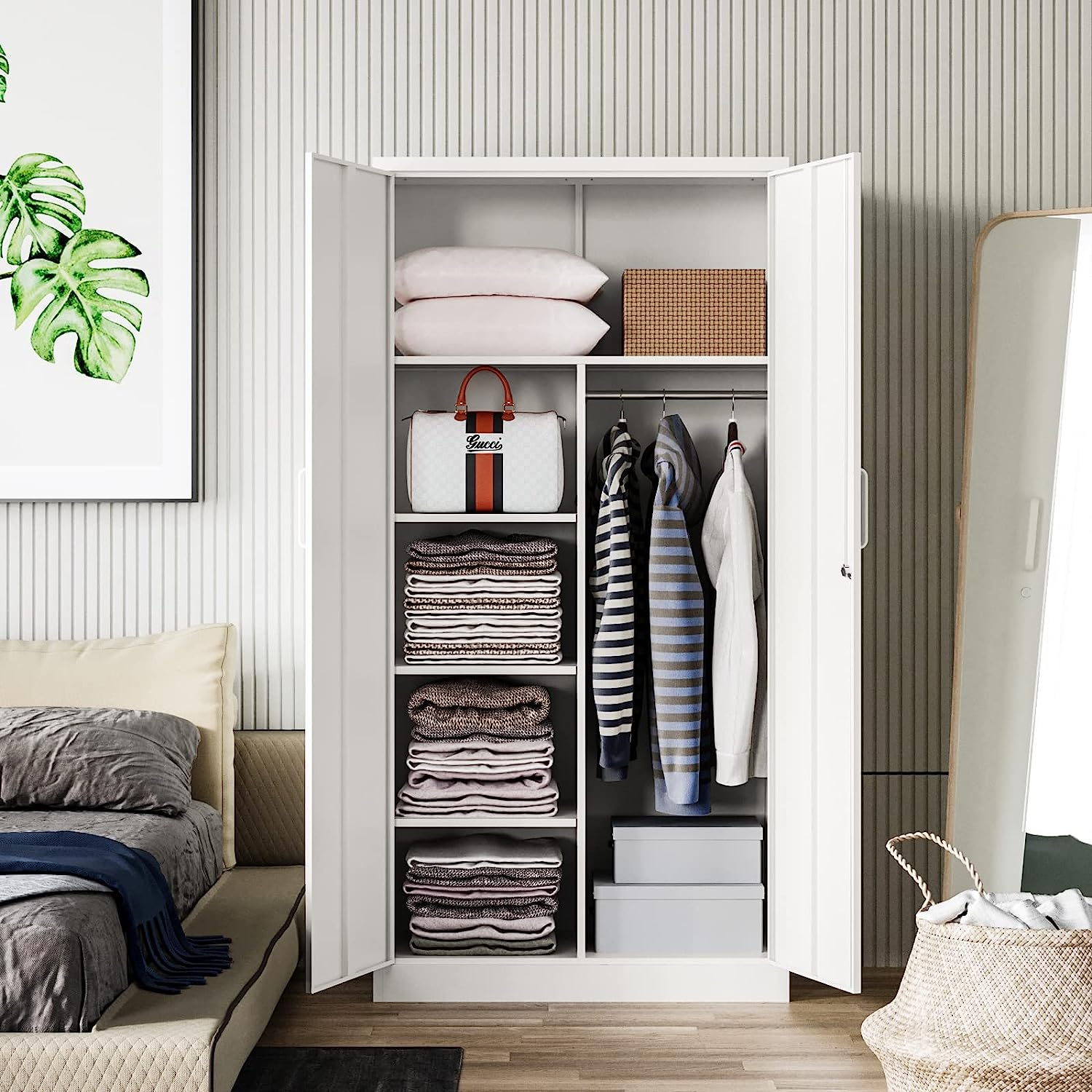
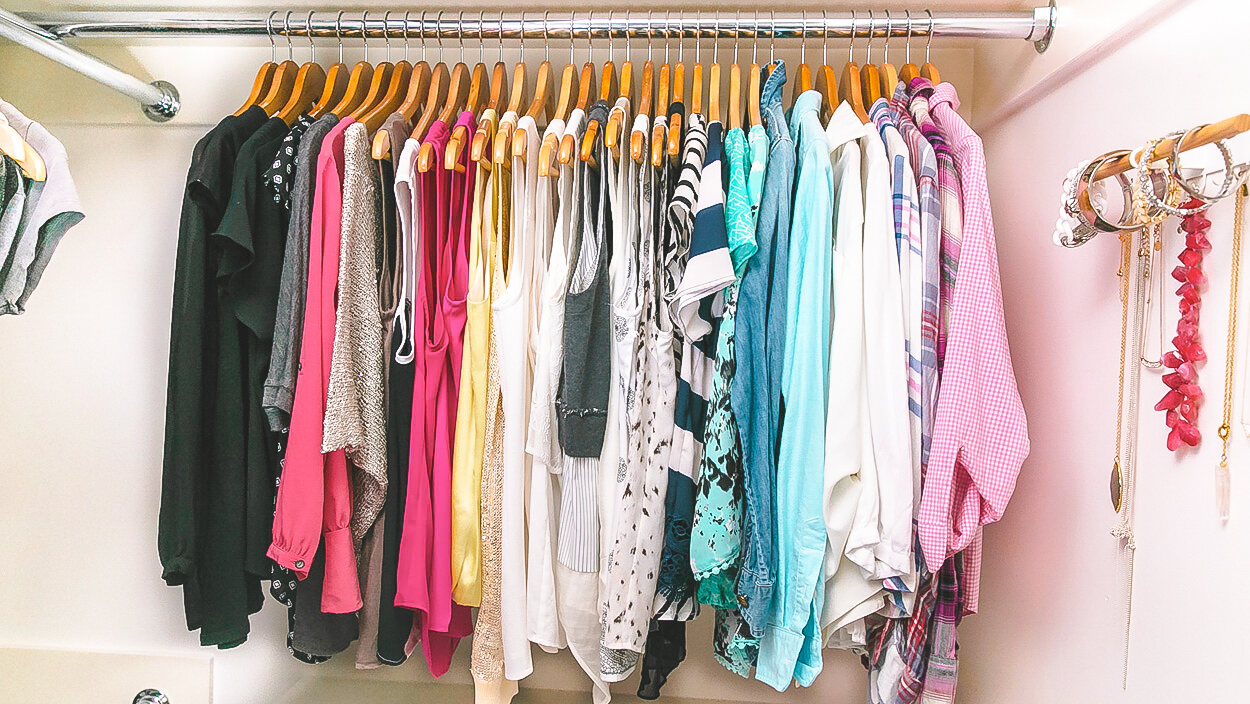
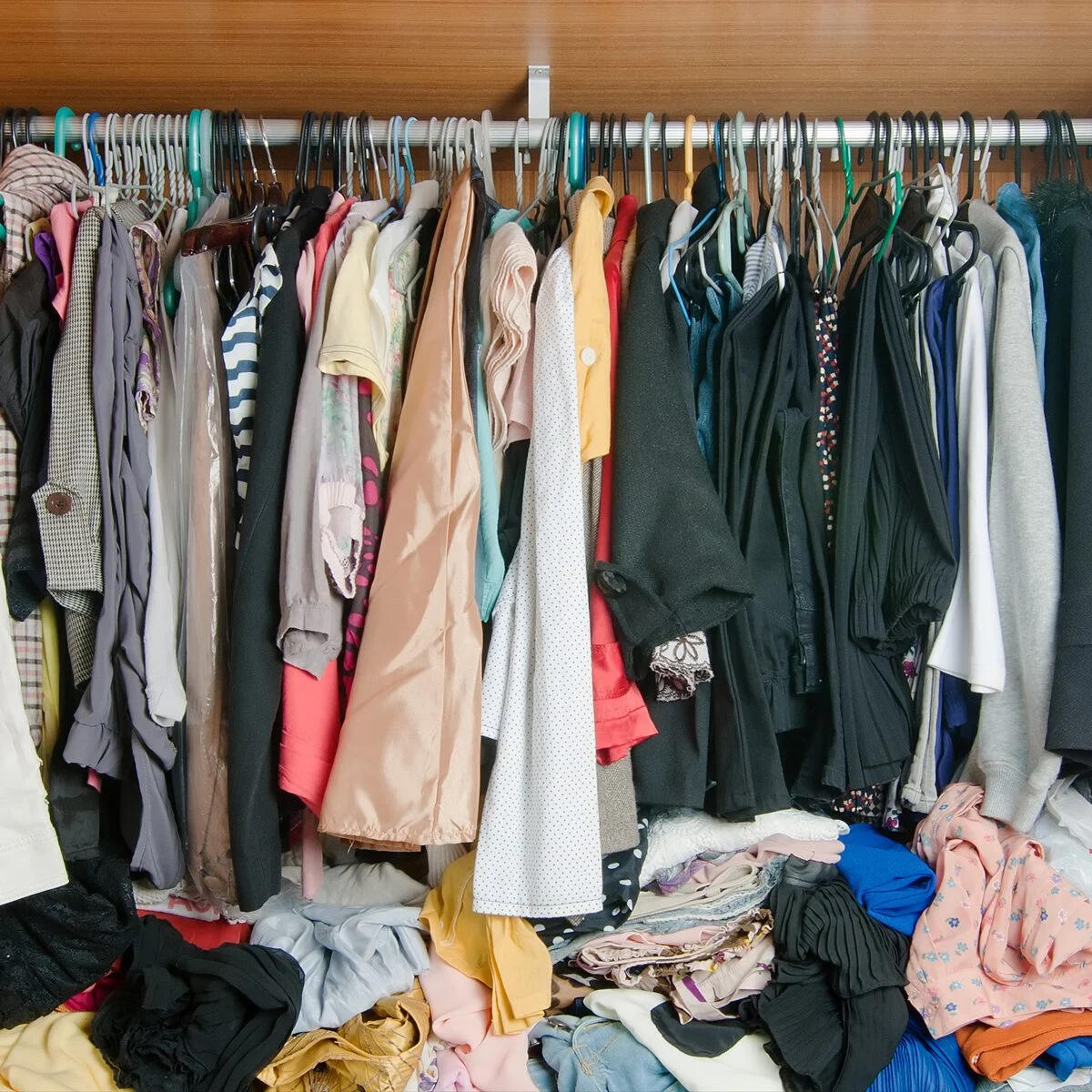
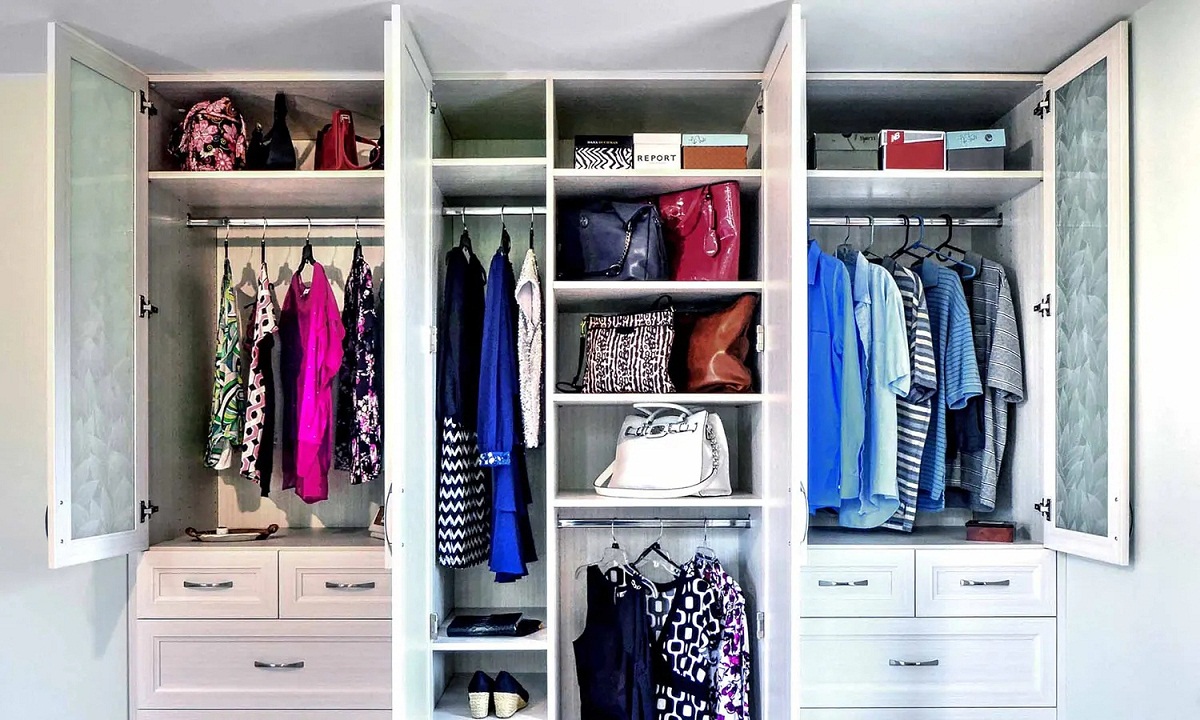


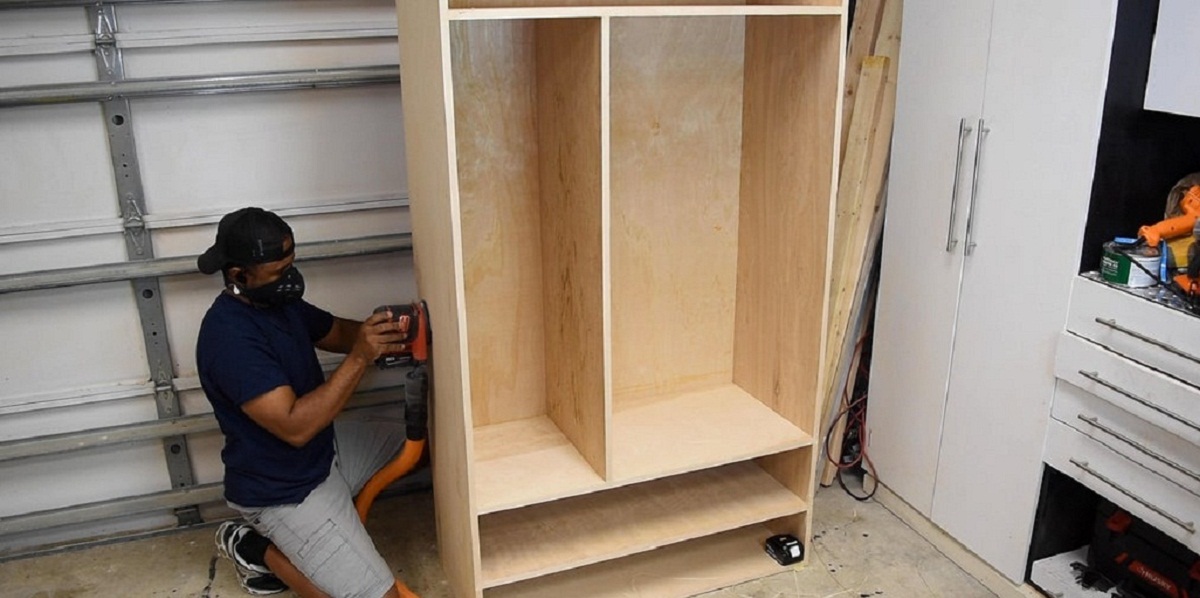
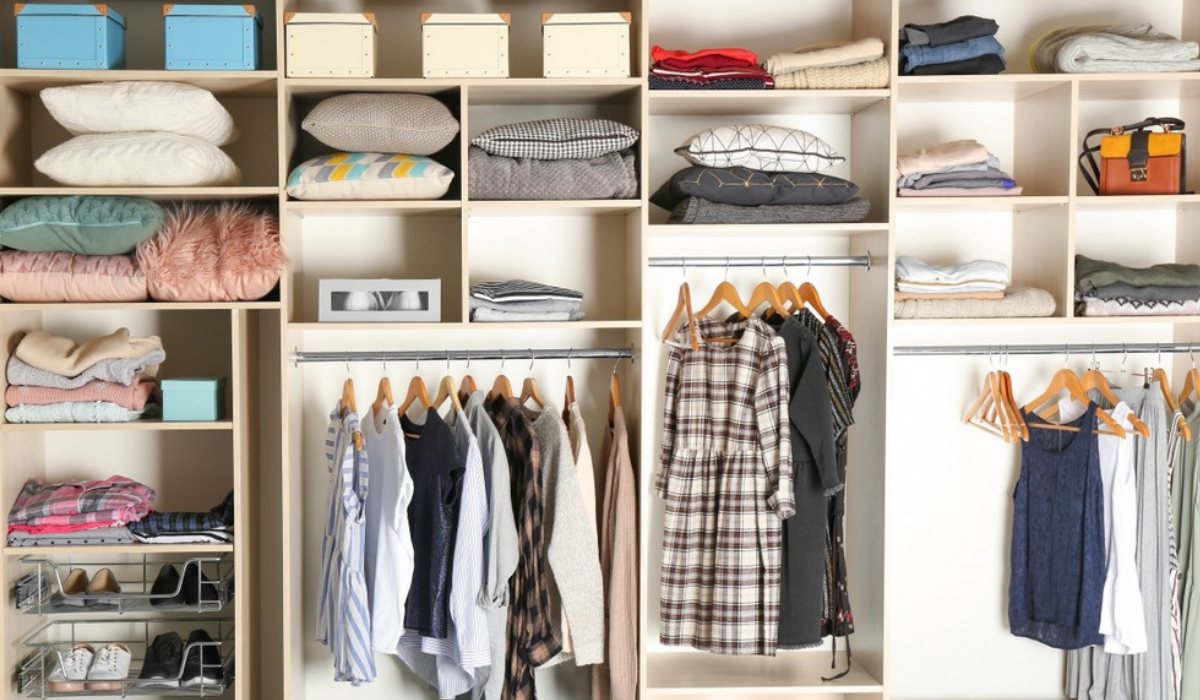
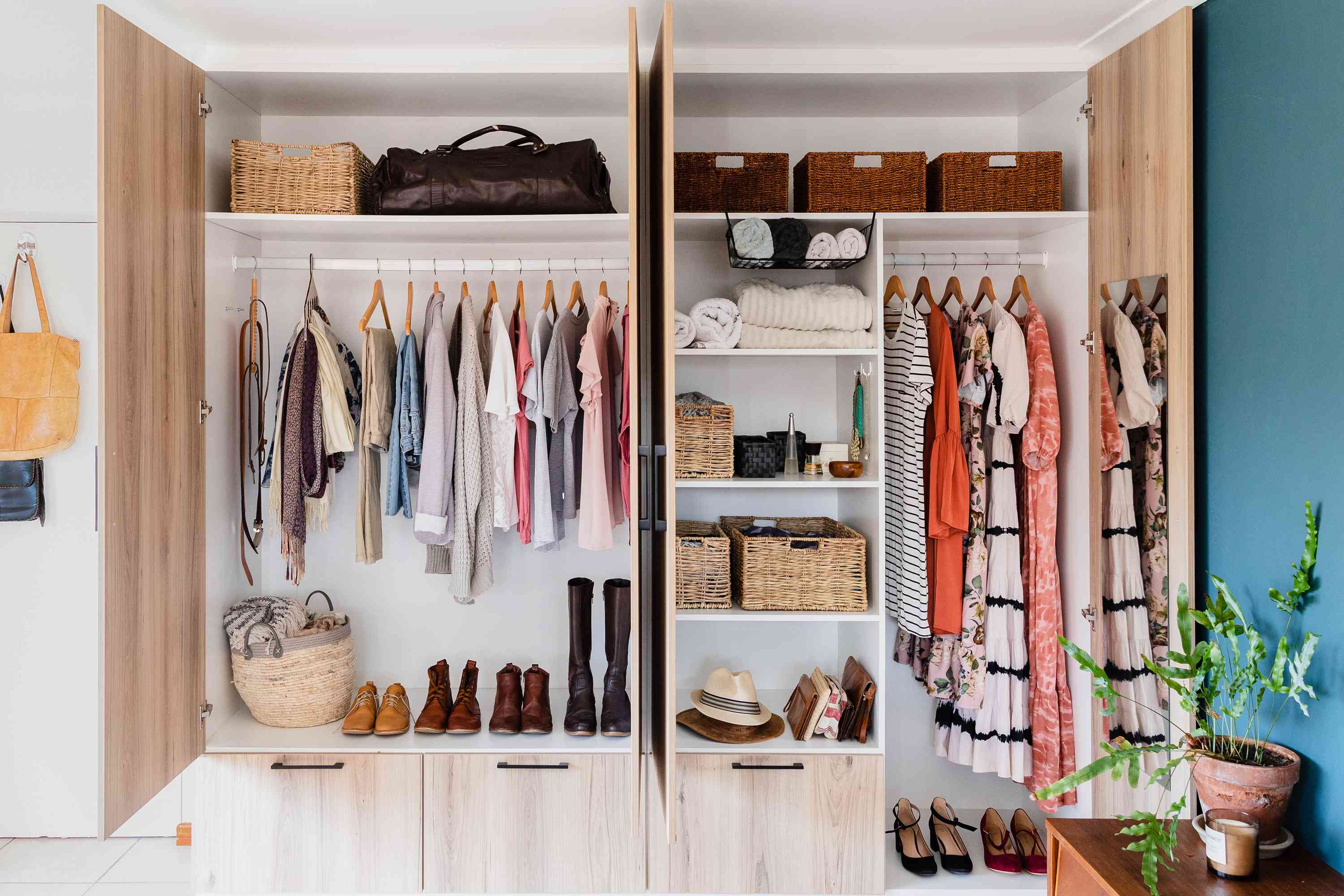
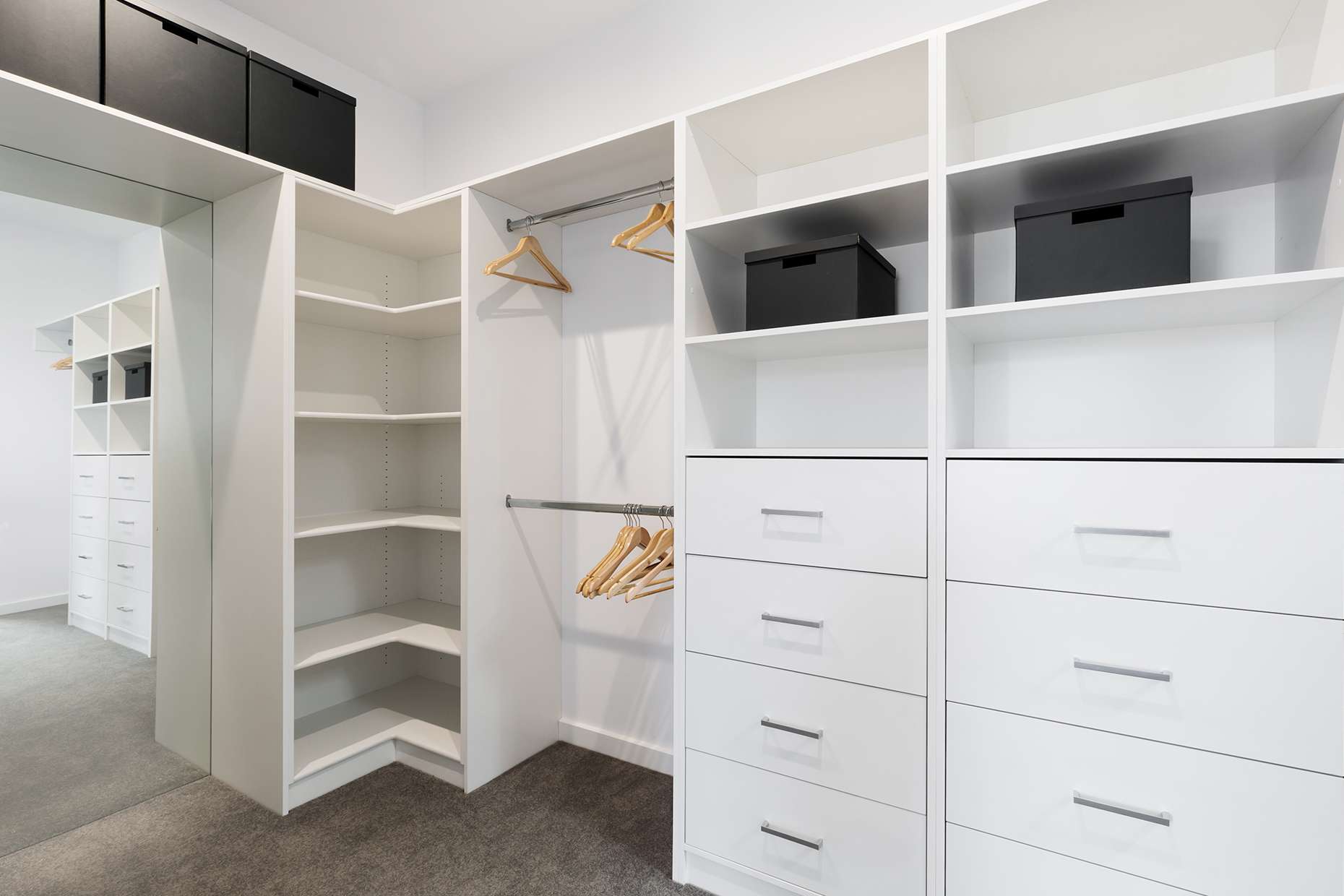
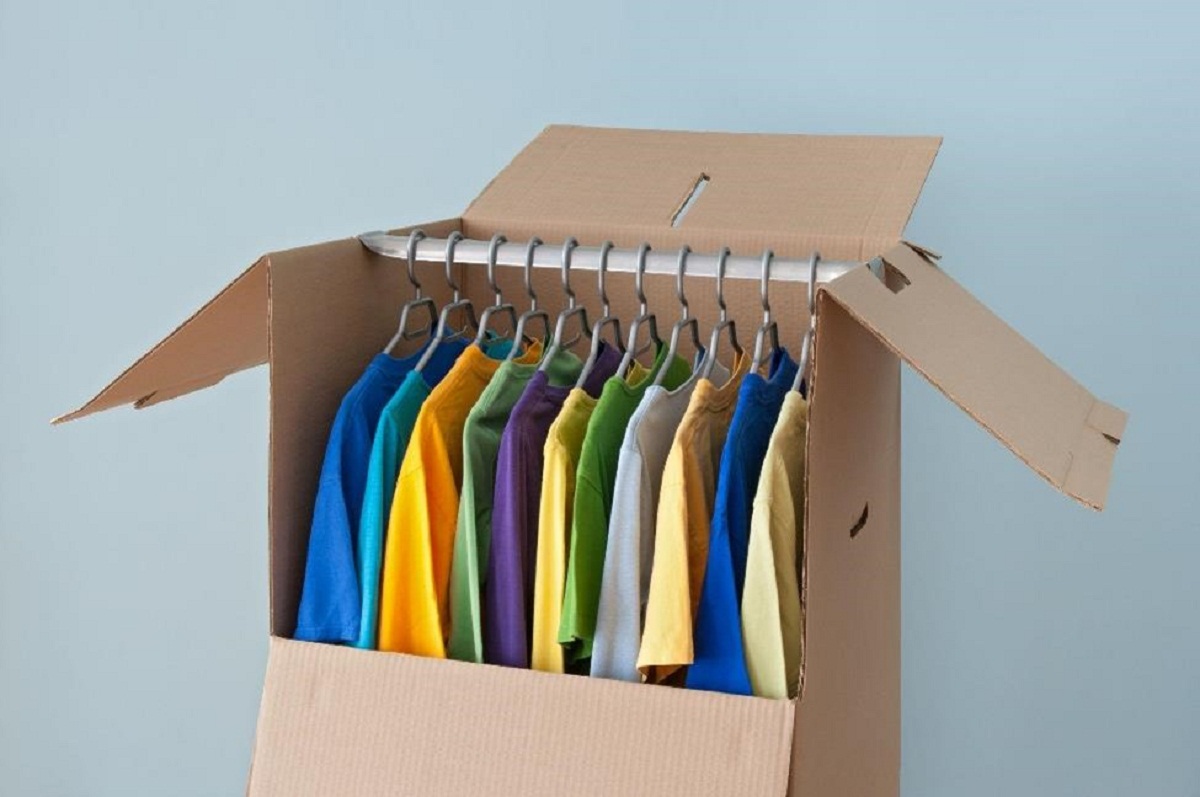
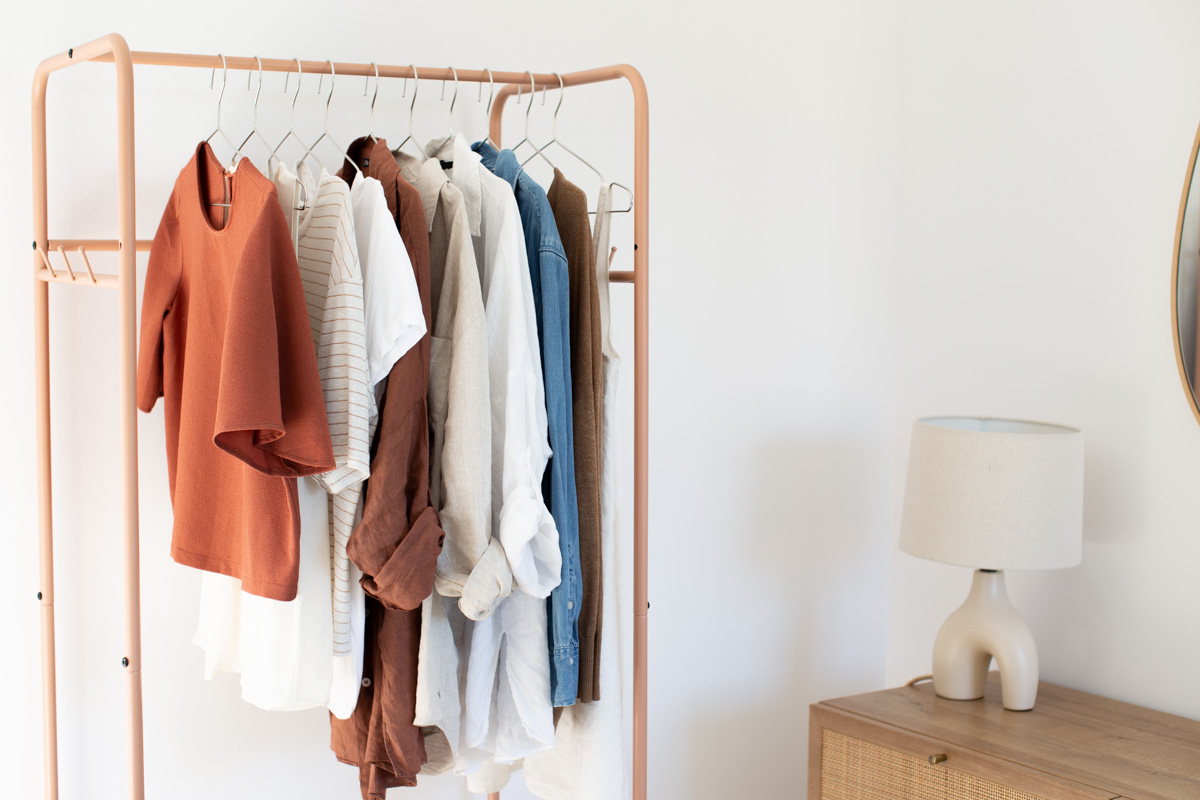


0 thoughts on “How To Downsize Wardrobe”